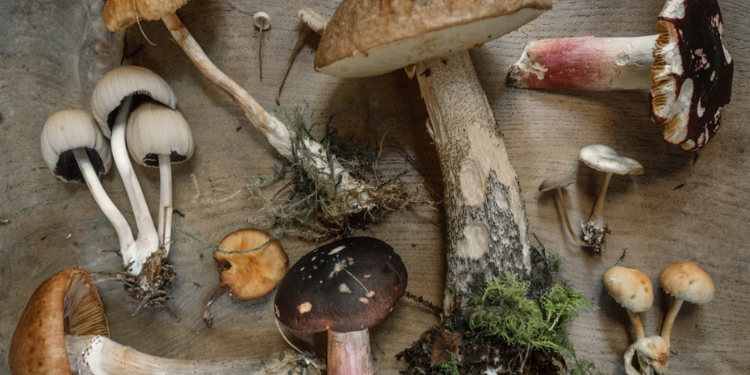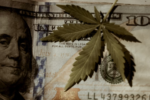Studies Show Magic Mushrooms Evolved 65 Million Years Ago

What is psilocybin?
Most of us familiar with psychedelics know it as a natural occurring compound found in ‘magic mushrooms’. When consumed it puts its user in an altered state of mind. A psychedelic trip or high.
But what is psilocybin to mushrooms? As in why do most mushrooms have it? What’s its function in terms of the organism’s life cycle and overall role in the ecosystem?
Those are the questions that scientists from Utah are trying to answer. A team of researchers from University of Utah and the Natural History Museum of Utah (NHMU) put together to date the largest genomic diversity study for the genus Psylocybe and published it in PNAS.
They studied 165 species of Psylocybe and successfully mapped out the genome of 52 specimens, including 39 species which have never been sequenced. They discovered that Psylocybe first emerged around 65 million years ago, which coincides with the mass extinction event which killed off the dinosaurs. This proves that ‘psilocybin was first synthesized in mushrooms in the genus Psilocybe, with four to five possible horizontal gene transfers to other mushrooms from 40 up to 9 million years ago.’
Is psilocybin a natural form of defense for mushrooms?
We know that the molecular structure of psilocybin mimics serotonin and binds tightly to serotonin receptors. When a chemical binds to these receptors it can cause mind-altering behaviors in mammals and even some insects and arachnids. Some theorized that these mind-altering effects act as a deterrent to predators. However psilocybin mushrooms do not occur naturally in the wild and thus is very unlikely that animals would be exposed enough to recognize them.
Currently the researchers are planning an experiment to test out an alternative theory. Called the Gastropod Hypothesis, the theory proposes that psilocybin was developed as a deterrent to slugs as they were the two life forms that thrived in darkness after the mass extinction event 65 million years ago.
Psilocybe fungi have played a major part in indigenous cultures in Mesoamerica for centuries and we’ve only just scratched the surface in terms of its medicinal benefits in treating patients with depression, PTSD and cancer through psychedelic-assisted therapy.
“If psilocybin does turn out to be this kind of wonder drug, there’s going to be a need to develop therapeutics to improve its efficacy. What if it already exists in nature?” said Bryn Dentinger, curator of mycology at NHMU and senior author of the study.
“There’s a wealth of diversity of these compounds out there. To understand where they are and how they’re made, we need to do this kind of molecular work to use biodiversity to our advantage.”
The project to map out the genome sequence for every Psilocybe type specimen started in 2020 and to date the team have generated genomes for 71 specimens and will continue with their collaborations around the world.
“It’s impossible to overstate the importance of collections for doing studies like this. We are standing on the shoulders of giants, who spent thousands of people-power hours to create these collections, so that I can write an email and request access to rare specimens, many of which have only ever been collected once, and may never be collected again,” said Alexander Bradshaw, a postdoctoral researcher and lead author of the study.









